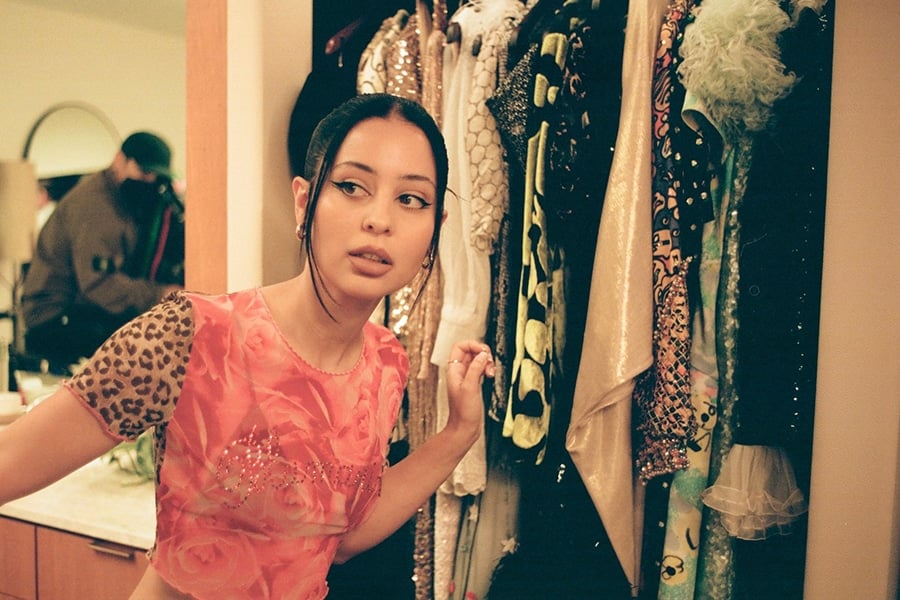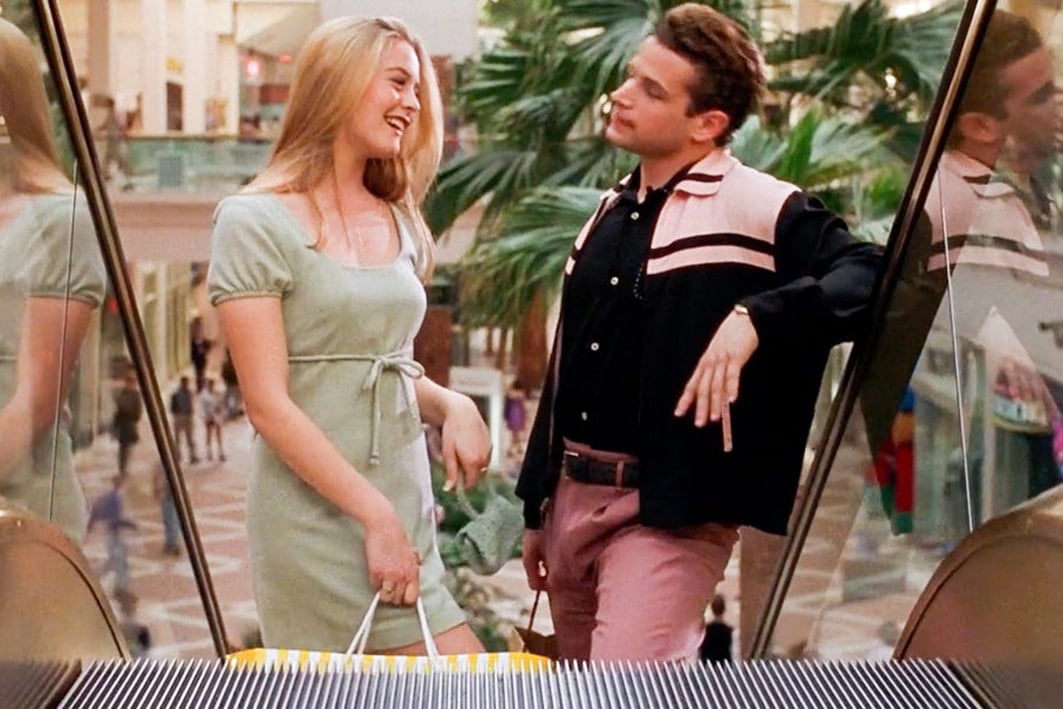
The weak winter sun is gaining strength, casting light on all the dusty recesses you neglected during the cooler months. When we enter September and hay fever season hits, spring cleaning becomes unavoidable. Just ask your wardrobe which, if it's anything like my own, is bulging with folded sweaters and stacks of pants, despite switching between the same two trousers every day. You're probably due for a wardrobe overhaul, because we are too.
But before you go filling up garbage bags and dumping them at your local Salvos, there's a few things to consider first. Most importantly this method isn't the straightforward solution you think it is. We know that Australians donate 310,000 tonnes of clothing to charities every year, yet one-third of these clothes cannot be sold in op-shops for reasons ranging from missing buttons to stains to holes to the simple fact that the garment is poorly made.
What then happens is these leftover garments are shipped overseas, first to countries like Malaysia and Pakistan where they're categorised, then to the Global South, where some clothes are repurposed but majority of it ends up in landfill.
In 2021, the ABC painted a harrowing portrait of the textile crisis in Ghana's capital Accra. Around 15 million used garments from the UK, North American, Europe and Australia pour into the city every week. The clothes that don't make it to the Kantamanto markets (an estimated 40 per cent) are relegated to landfill, forming towering mountains of disintegrating textile waste.
Granted, the answer to the textiles crisis begins long before your unwanted clothes end up at the charity shop. To truly tackle the issue we need to change our relationship to fast fashion, which includes our consumption habits. But that still doesn't answer the question of what to do with the pre-loved garments in your wardrobe?
You've got quite a few options actually, which we're breaking down for you below. And if you must donate clothing to charity shops, we've also included some tips on how to ensure you're doing so ethically.
Check in with your friends and family
I don't know about you, but I keep a mental catalogue of my friend's wardrobes. Chances are they do too. If your bestest pal suddenly decides they no longer want that vintage baby tee or those leather boots, wouldn't you want to know? Give your friends and family a chance to snatch up anything you're thinking of parting with. Someone's trash is another's treasure etc. etc. And hey, you never know. The outside interest may help you to see your wardrobe in a new light.
Post them on resale platforms
As someone who rotates through their wardrobe regularly, secondhand marketplaces and resale sites are my bread and butter. Most of them do tend to charge a fee for every item sold, but it's worth it for convenience.
For high end pieces you're looking to part with we recommend Vestiaire, The RealReal and good ol' Ebay. Depop is great if you need cash quick, as it's no fuss and is very user friendly. Otherwise, Facebook Marketplace is another option. The key to selling clothes on Facebook is joining private admin-monitored groups that have a specific resale focus. Say for example, the Realisation Par and Reformation Buy Swap and Sell page, or IFYKYK group PPENNYLANE which only allows its members to sell garments from independent Australian and international designers.
Take them to consignment stores
It sure feels like much of our buying and selling is happening on the internet these days. But there are still brick-and-mortar stores out there doing their best to curb textile waste and fast fashion. If you're in Sydney there's Blue Spinach in Surry Hills or Di Nuovo in Paddington. SWOP has outposts in Brisbane and Melbourne as well as Sydney, and they're happy to take a look at your pre-loved clothes, paying you in store credit or cash if they decide to keep your pieces.
Repair and repurpose
So let me get this straight, you're thinking of donating those pants because you can't be bothered to hem them? I too am guilty of this. Most of the time we've been avoiding certain pieces in our wardrobe because they're in need of a little TLC. Give it to them. Take them to the alterations joint, sew that button back on.
And if it's a problem of it no longer being your style, get creative. How can you transform it into something you love again? Could you dye it or cut off the sleeves? Would it be suited to frayed edges or hand embroidery? Are you tempted to fashion it into a tote bag or turn the pants into a skirt? Have fun with it.
If all of that fails, and wearing them to bed as daggy pyjamas is not an option, you can always turn your old clothes into rags or other useful household items. Do you need drop sheets for painting the walls or painting a canvas? How about a cloth to wipe the mirrors? There's got to be something there.
Things to consider before donating to op-shops
If you've gone through all these steps and have ended up here again, then fair enough. Just know that it's frowned upon to donate clothing that isn't in good condition. Ensure your clothes are washed, without holes or stains, and aren't damaged in any way. If you wouldn't give it a friend then it's probably something that falls under the repair and repurpose category.
Pack them into a bag and deliver to the charity shop during their opening times or take it to a charity bin. It's illegal to dump bags out the front of closed op shops, as this almost guarantees the items will end up in landfill. It's also a dick move.
The bottom line
As mentioned briefly, creating a circular fashion economy is much easier when you're consuming slowly and responsibly, which means not buying into fast fashion. It's easier to extend the life of a garment if it's good quality in the first place.
This goes for buying for others too. Besides the fact that the best kind of gift is something thoughtful, the amount of clothes I've begrudgingly donated to op-shops because someone has wrongfully assumed I'd fit into a size M (I'm a 14) or they've presented me with a slogan shirt as a gag, is infuriating. These type of gifts often have the opposite effect too, becoming a burden rather than something to be appreciated.
If you want a more in-depth explanation on shopping sustainably, then we've out together one for you here.
Image: Pinterest



